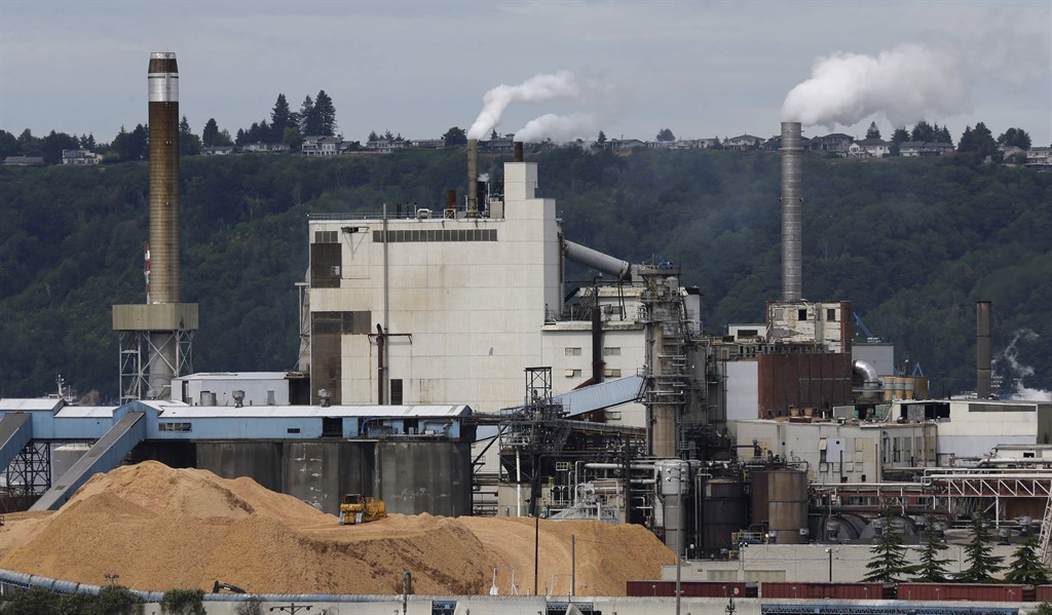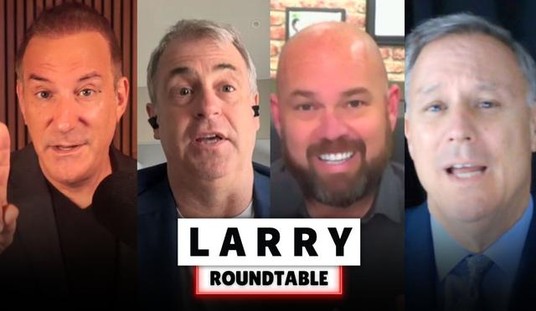June marks just the second month since President Obama committed the U.S. to the Paris Climate Agreement, but already concerns over the potential for success are starting to pile up. Government reports and policy experts increasingly point to mounting evidence that Obama’s pledge under the Paris Agreement is simply unachievable, leading to the conclusion that the Agreement could be the precursor for even more job killing and economically disastrous regulations.
Pursuant to the Paris Climate Agreement, President Obama pledged that the U.S. would reduce total greenhouse gas emissions by 26 to 28 percent from 2005 levels by 2025. Aside from the obvious economic impacts the Agreement will have on the U.S., experts overwhelmingly agree the reduction targets pledged by the Obama Administration are out of touch with reality.
A recent State Department report, the 2016 Biennial Report of the United States of America, examined where the Obama Administration projects U.S. net GHG emissions to be in 2025 with “Current Measures” and where they might be with “Additional Measures.”
The report concluded that Obama’s pledge under the Agreement could not be met using “current measures.” That is, taking into account existing and finalized regulations, such as the Clean Power Plan and Renewable Fuel Standards, the U.S. would not be able to achieve the reduction goals of 26 to 28 percent.
Specifically, under the “Current Measures” scenario, GHG emissions would be 14 percent lower in 2025 compared to 2005. Thus by the Obama Administration’s own reasoning, emission reductions resulting from current regulatory measures will fall a whopping 49 percent short of the emission goal of 28 percent under Obama’s Paris commitments.
Such a massive 49 percent gap thus sets the stage for an additional wave of economically disastrous regulations, all being championed on the premise of meeting a pledge President Obama made without consulting Congress or the American people.
Recommended
Even the most generous projections show the gap would amount to an 800-million ton shortfall. The equivalent of making up such a shortfall would require taking almost 150 million cars off the road permanently, over half of the U.S. auto fleet. In fact, the reductions gap is so large it would not be overcome by shutting down six major U.S. industries. That is, shutting down entire industries such as: petrochemical production; lime production; aluminum production; cement production; agriculture; and iron and steel – would still fall short.
The report further found that “additional measures” would be required to achieve the reductions pledged by Obama. In other words, the current regulatory burden would almost need to be doubled, a proposition that would further threaten American economic growth and trickle down to consumers and taxpayers as the costs of goods rise as a result.
Under the “Additional Measures” scenario, the report outlines an avalanche of new and proposed regulations that, taken together, could “potentially” overcome the shortfall – that is if they don’t implode the U.S. economy first. Those measures include, but are not limited to: reductions in industrial energy demand; additional state actions in the electricity sector; new appliance efficiency standards; increased standards for residential and commercial buildings; and greater biofuel deployment and commercial aviation efficiency.
The theme that emerges from potential “additional measures” is that literally no sector of the economy would go untouched if a second round of regulations were carried out to close the emissions reduction gap. So on top of skyrocketing energy prices, reductions in household income, and job losses already playing out under current regulations, Obama could be teeing up an additional regulatory onslaught in the coming years.
Clearly if Hillary Clinton or Bernie Sanders were to take the reins from Obama next year, the threat of an almost doubling of the regulatory burden could increasingly become reality. Thus Obama’s Paris Agreement represents not just an overwhelmingly unachievable pledge that comes at the expense of American taxpayers and the economy, but also the potential for even more resounding government control over the country.

























Join the conversation as a VIP Member